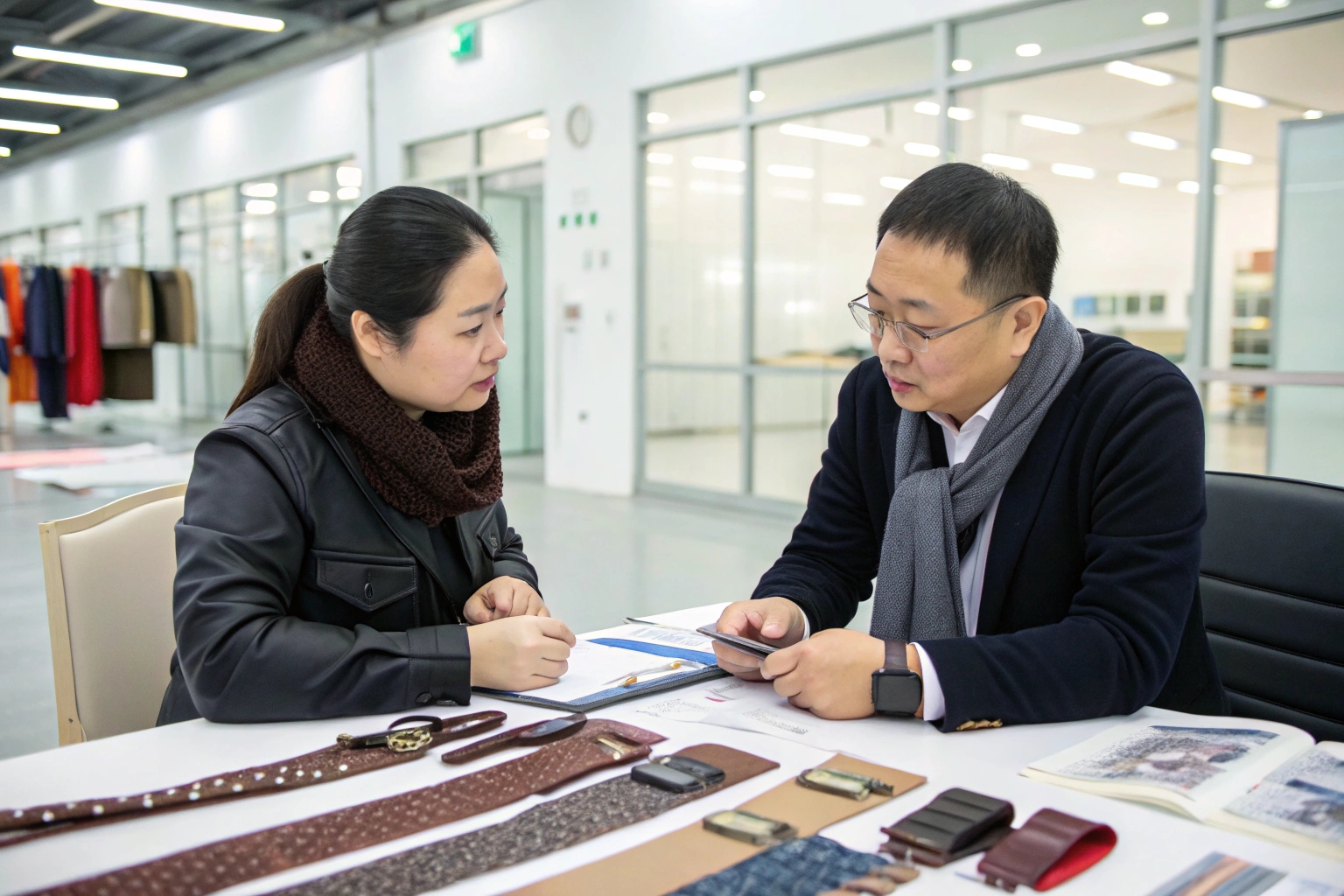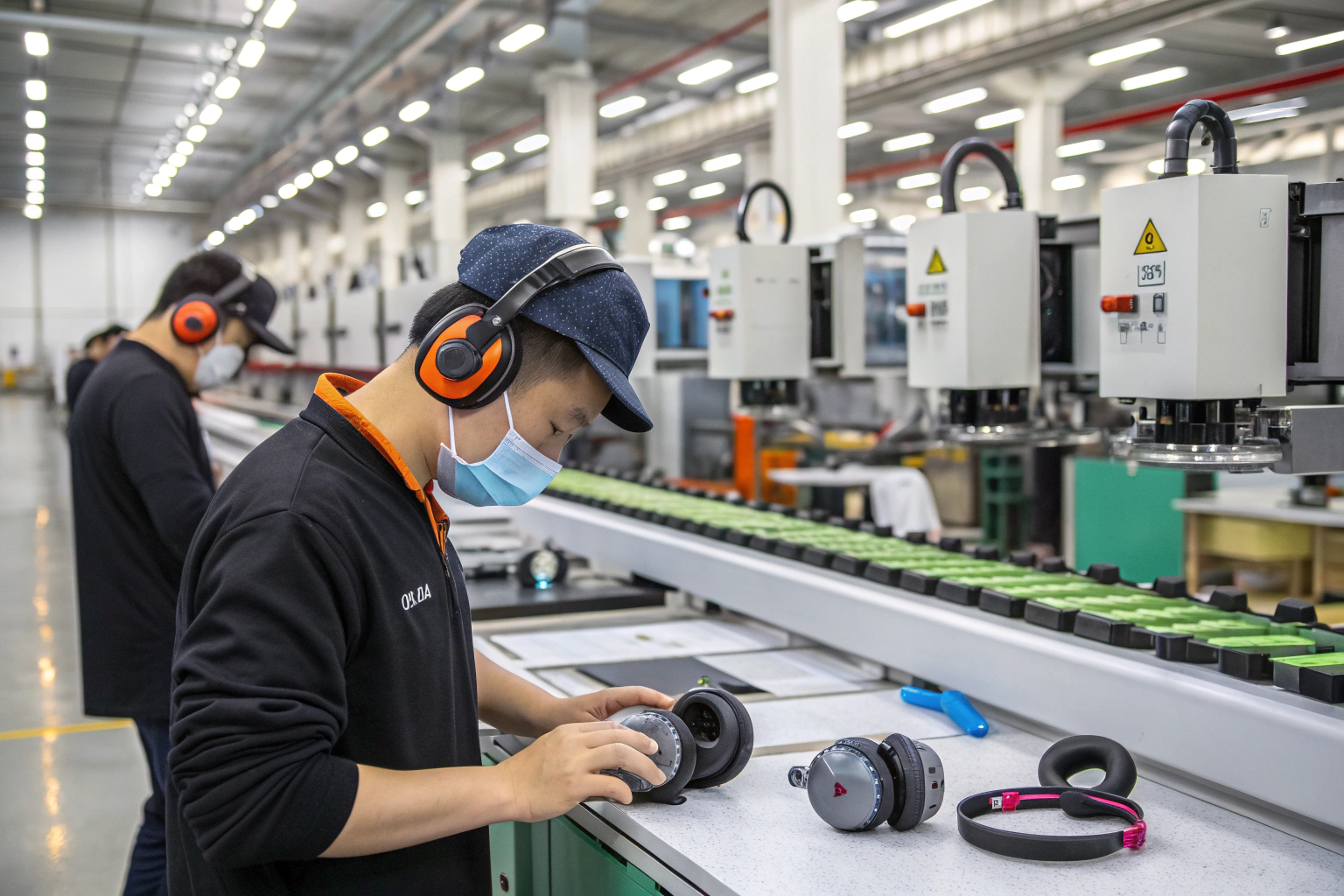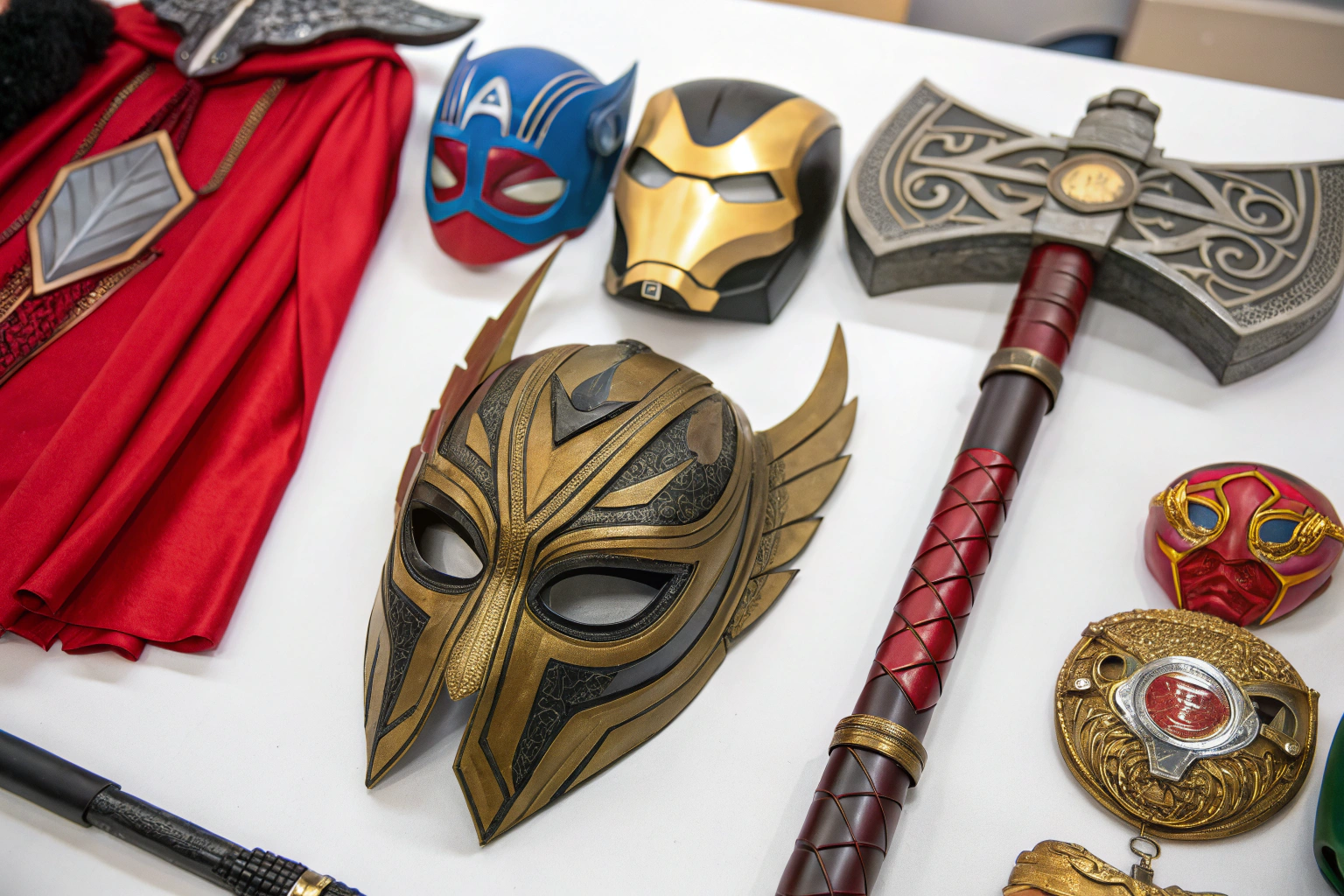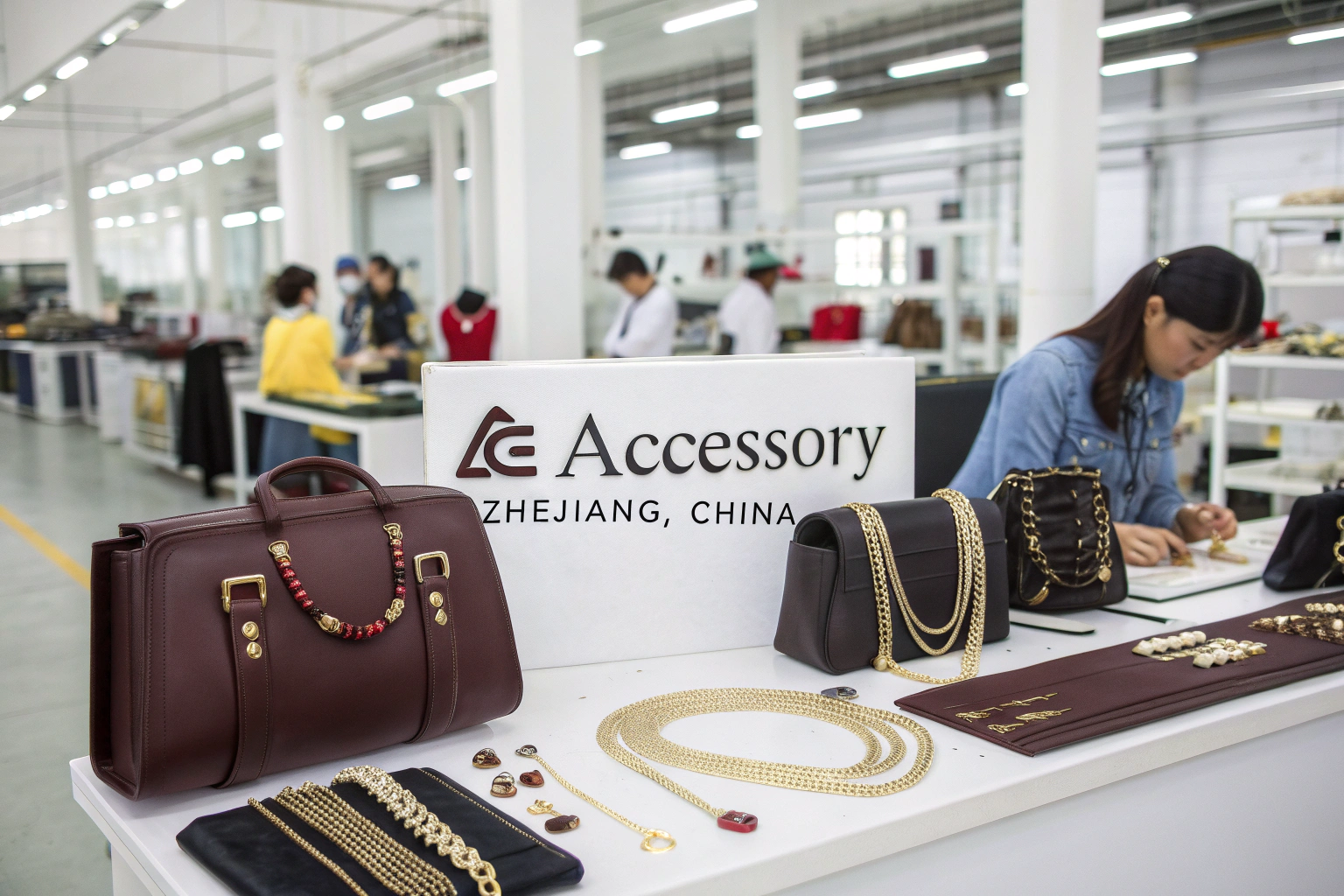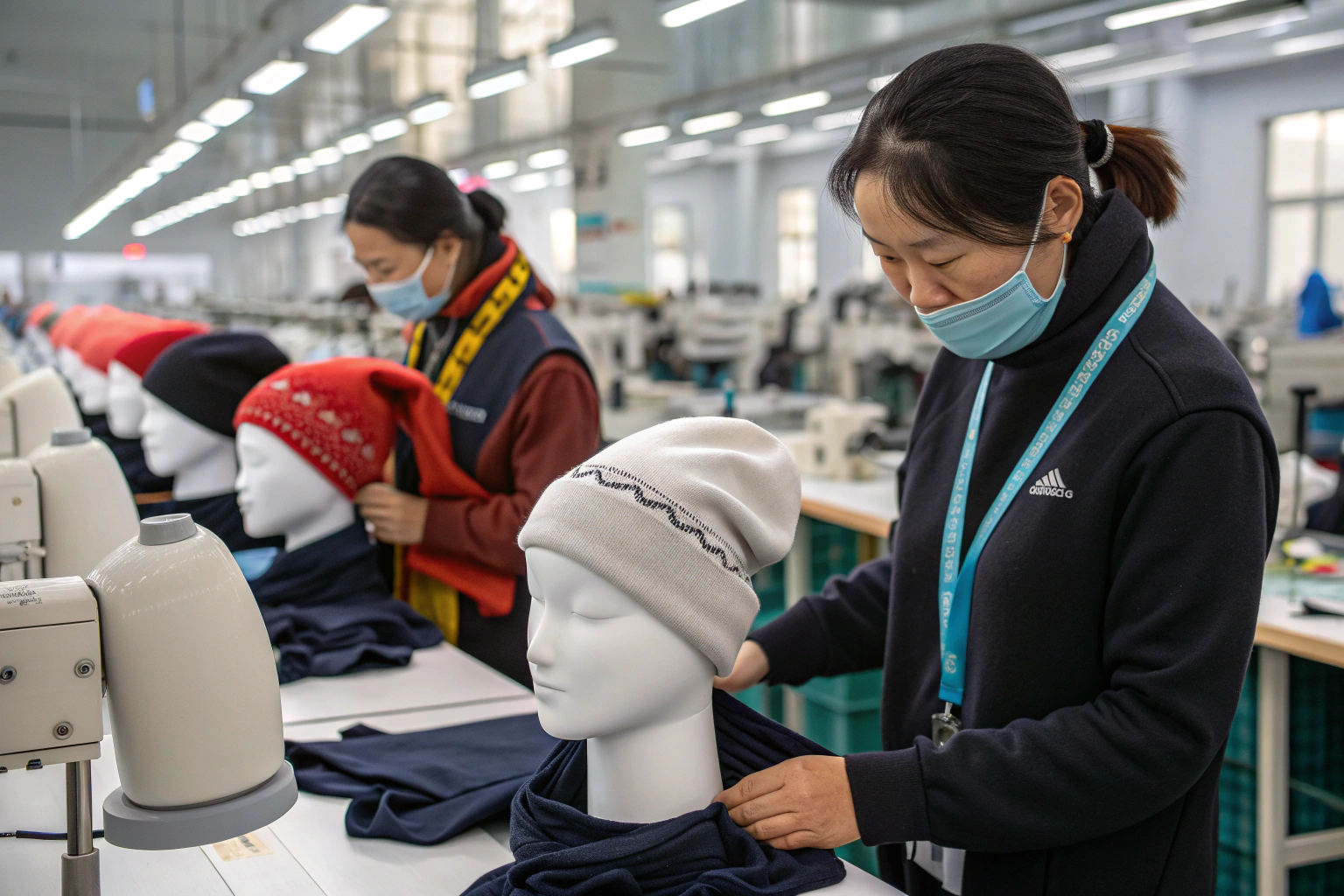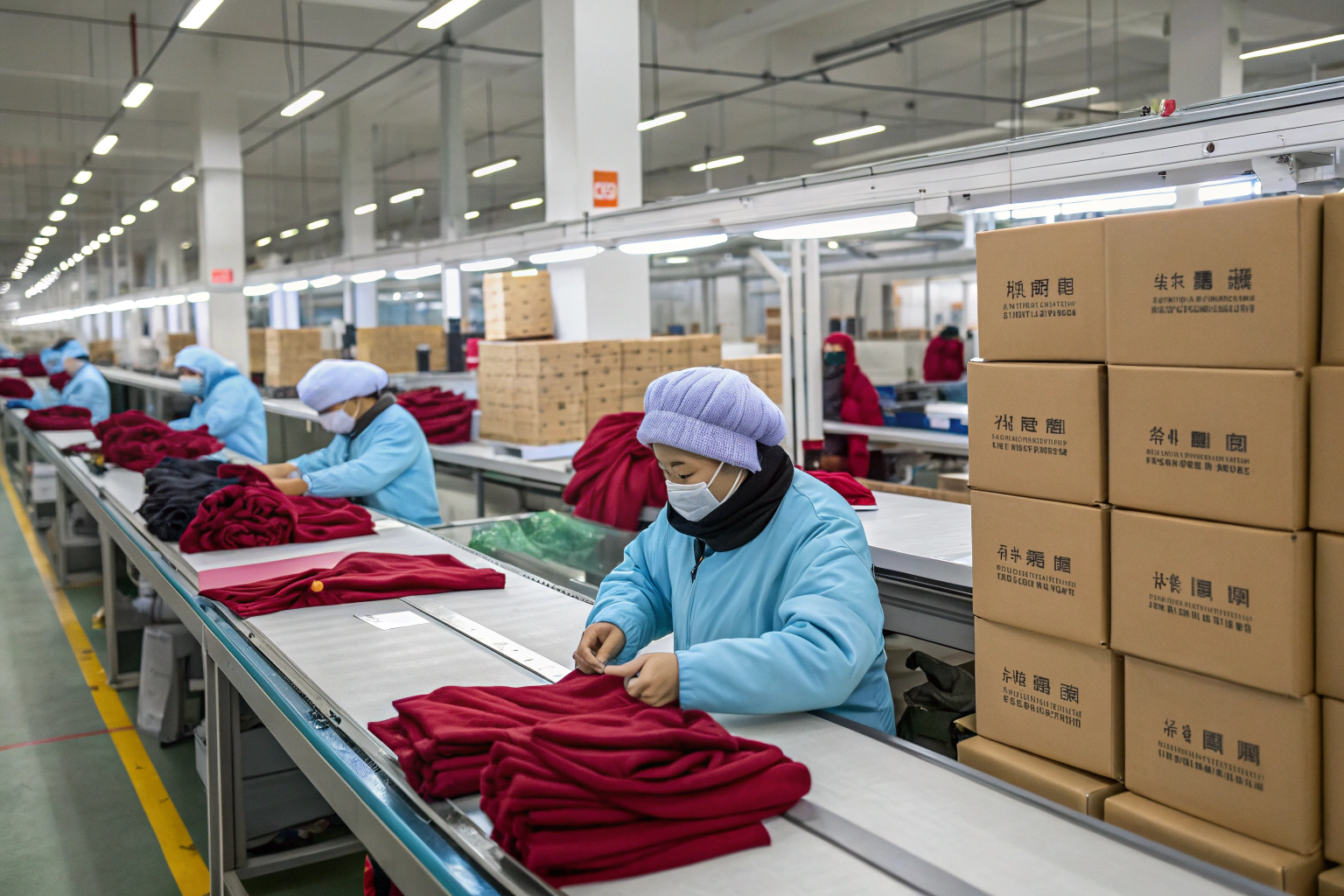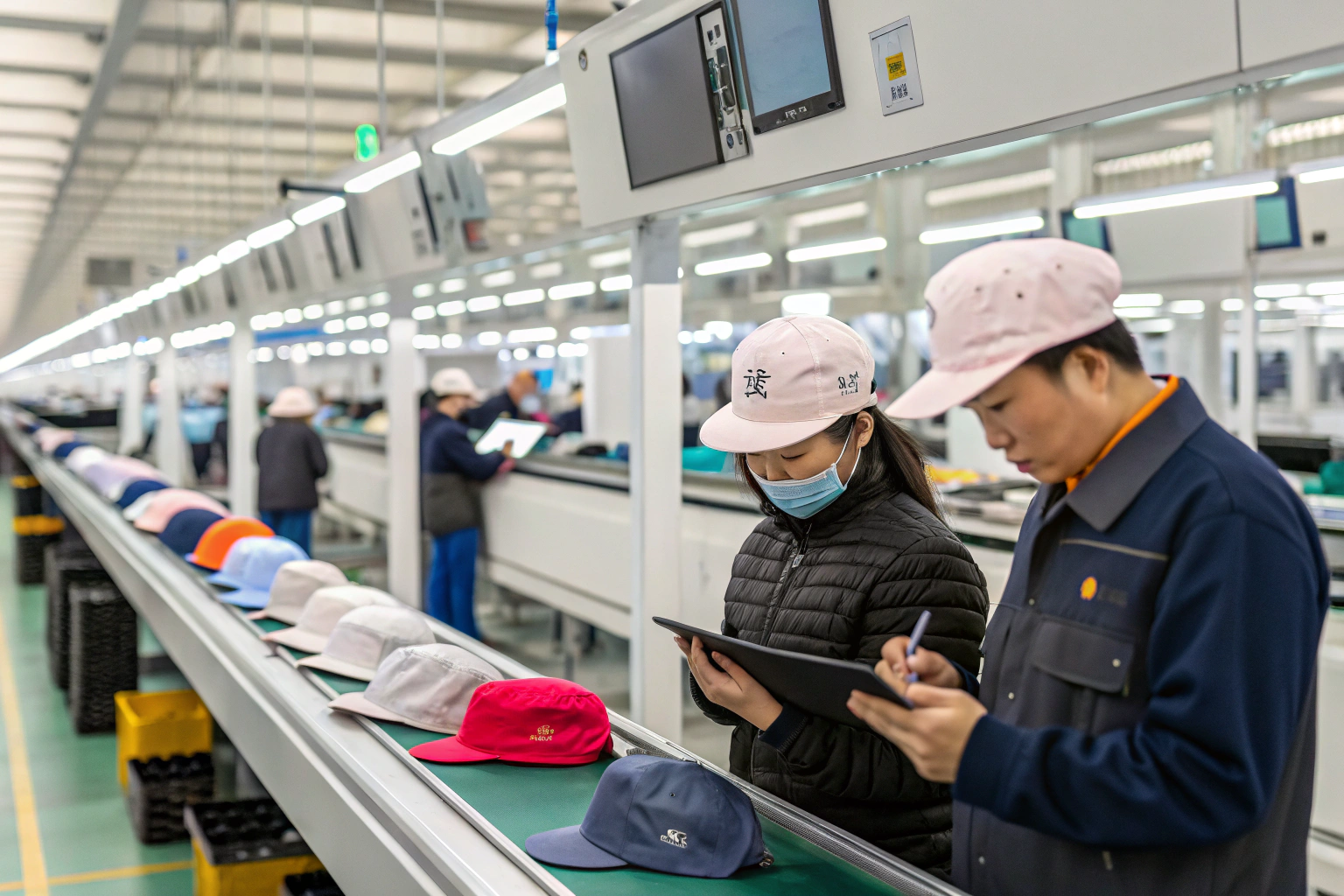You're sourcing thousands of accessories from China—hair clips, belts, scarves—and the payment terms are killing your cash flow. You pay 30% upfront, 70% before shipment, and then wait 60 days to receive your stock. What if you could change that?
To negotiate better payment terms with Chinese accessory suppliers, you need to build trust, offer volume or repeat business, understand their constraints, and time your requests strategically.
At AceAccessory, we’ve worked with hundreds of international clients—from first-time buyers to Fortune 500 retailers—and we’ve seen which negotiation strategies work, and which break the deal.
How to ask a supplier for better payment terms?
You’re happy with the quality. You like the samples. But that 70% balance before shipment? It’s hurting your ability to scale. You’re ready to negotiate—but how do you bring it up without spooking your supplier?
The best way to ask for better payment terms is to frame your request around long-term cooperation, clear risk reduction, and shared growth incentives, rather than as a demand for flexibility.
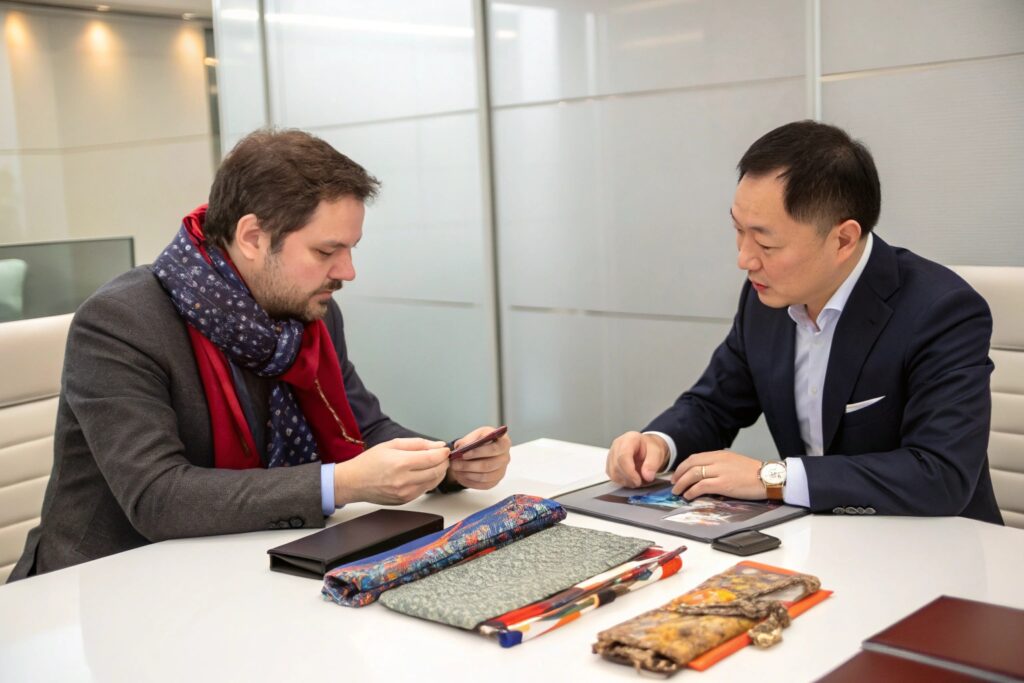
Step-by-step: How I’ve helped clients get better terms
1. Prove you're serious
Share your sales channels, PO volume, or monthly shipment forecast. Reliable buyers get better terms.
2. Link terms to performance
Offer to start with 30/70, but renegotiate after 3 successful orders. This shows respect and intent.
3. Use neutral language
Say: “Would you be open to discussing payment terms if volume increases?”
Avoid: “Your terms are too strict.”
4. Suggest safer alternatives
Offer LC (Letter of Credit), escrow, or small deposits with performance milestones.
How to negotiate with Chinese manufacturers?
You’re dealing with time zones, language barriers, and cultural nuances. Negotiating with Chinese suppliers isn’t just about tactics—it’s about understanding their mindset.
To negotiate successfully with Chinese manufacturers, prioritize long-term relationship building, clear communication, and respect for hierarchy and timing.
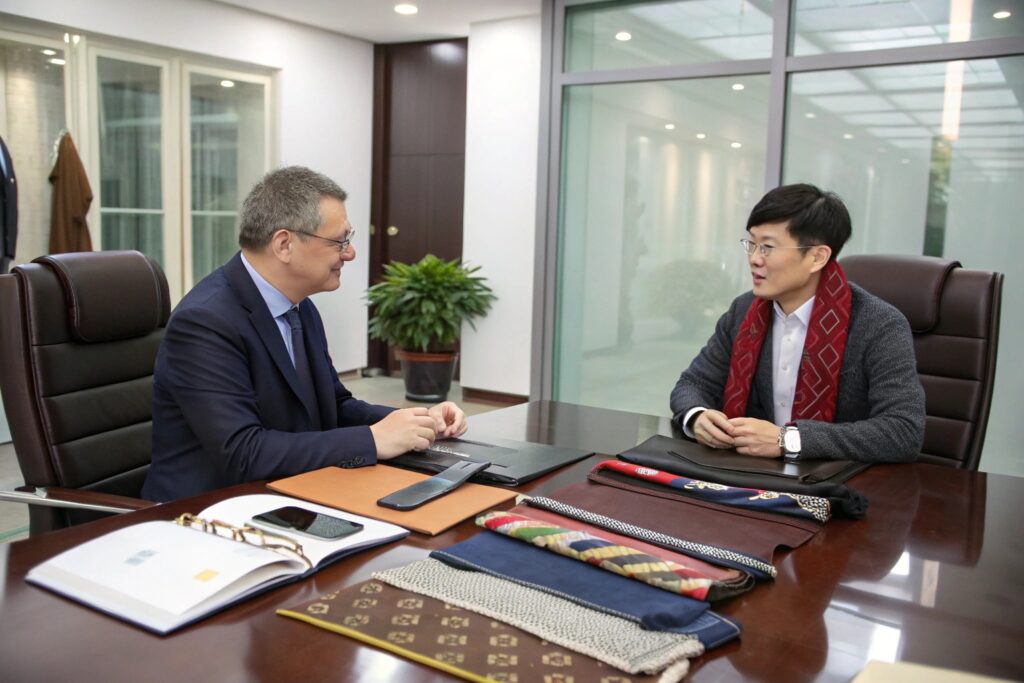
Cultural and strategic keys to successful negotiation:
1. Understand their risk
Factories operate on tight margins. When you ask for better terms, they hear “more risk.” Show them it’s worth it.
2. Build guanxi (关系)
In China, trust = business. Visit their factory, send holiday greetings, or maintain steady communication. These gestures build leverage.
3. Know who makes decisions
Often, it’s not your salesperson. It’s their boss, or the factory owner. Don’t push hard on the wrong person.
4. Negotiate timing
Avoid negotiating terms during peak production seasons (e.g., pre-Chinese New Year). Choose calm periods for discussions.
| Key Practice | Description |
|---|---|
| Relationship Focus | Long-term trust > one-time pricing |
| Patience | Let decisions unfold through internal talk |
| Clear Documentation | Avoid vague agreements—use PO contracts |
| Flexibility with Terms Format | Offer options: TT, LC, OA, or phased payment |
How do you negotiate better prices with suppliers?
Let’s be honest—pricing matters. If you’re ordering 50,000 headbands, 5 cents can mean $2,500 saved. But pushing too hard can harm quality or terms. What’s the right approach?
Negotiate better prices by understanding your supplier’s cost structure, consolidating styles or SKUs, increasing volume, and offering fast approvals or simplified packaging.
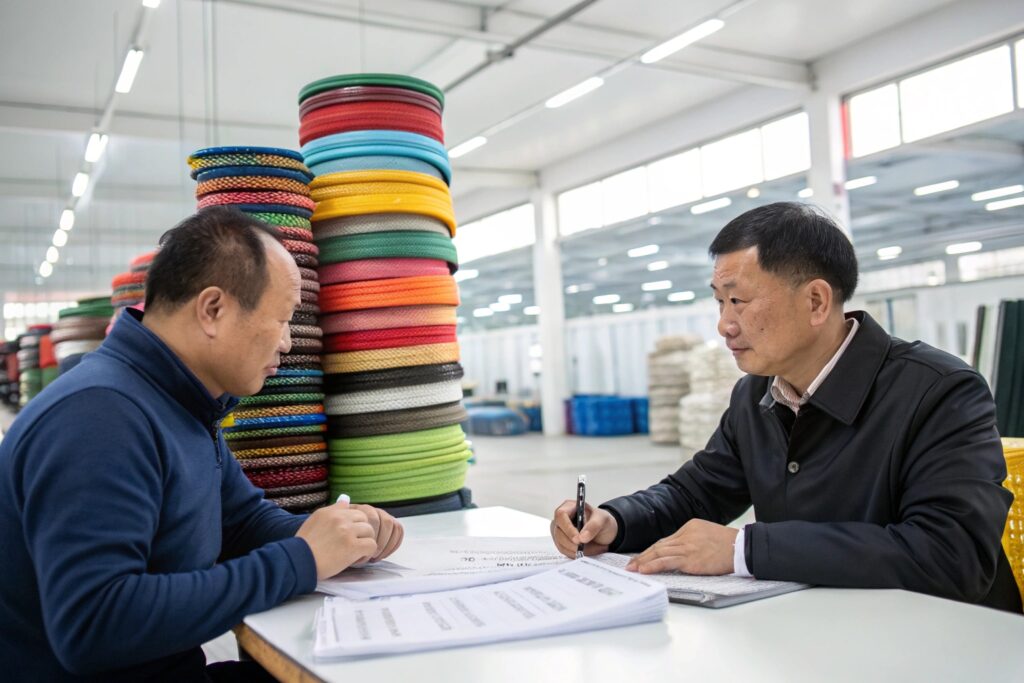
Tactical price negotiation for fashion accessories:
1. Bundle SKUs
Ordering 4 colors of the same belt? Ask for one blended price. It simplifies their costing.
2. Simplify packaging
We’ve had clients drop from gift boxes to hangtags and save 8% per unit instantly.
3. Agree to longer-term forecasts
If you can commit to regular 3-month orders, even if flexible on styles, suppliers reward consistency.
4. Ask about materials
Small changes—like switching elastic grade or using common trims—can lower your cost without harming function.
| Leverage Point | What to Ask |
|---|---|
| Volume | “What’s the price if we do 10k/month instead?” |
| Material Substitutes | “Any cheaper fabric or hardware options?” |
| Simplified Design | “Can we use your standard mold or trim?” |
| Packaging Shift | “What if we use simple polybags + barcode?” |
What are the payment terms for suppliers in China?
Each supplier is different. But as someone who's worked across dozens of factories, I can tell you the common models—and when you can expect wiggle room.
Typical payment terms for Chinese accessory suppliers are 30/70 (deposit/balance before shipment), but can evolve to 30/70 after inspection, 20/80 post-BL, or even open account terms for trusted buyers.
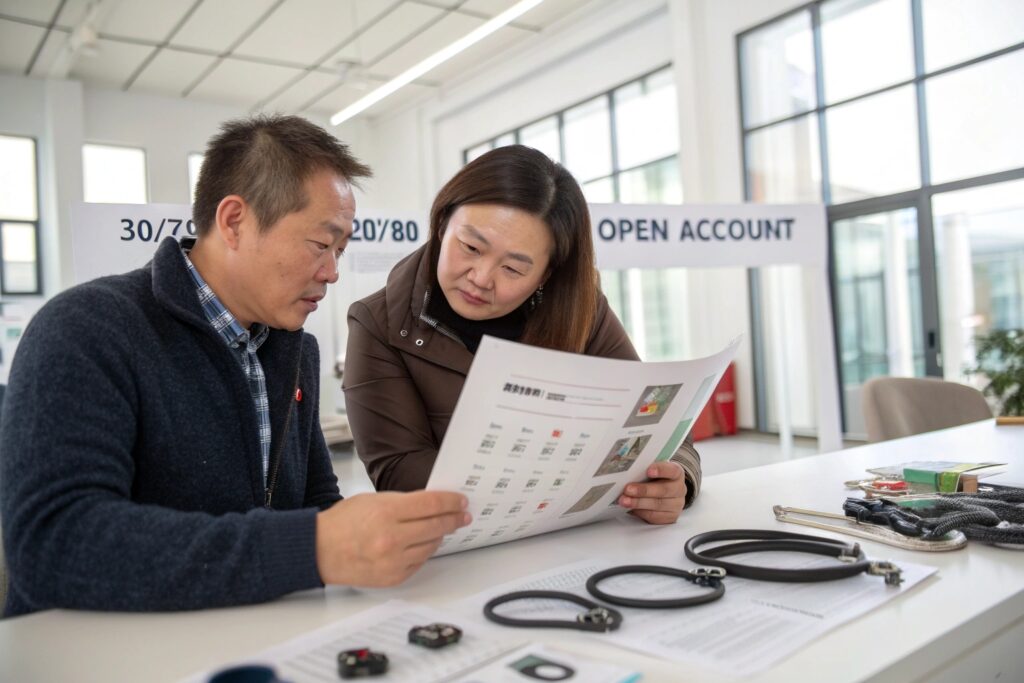
Common models:
| Term Type | Description | Typical Use Case |
|---|---|---|
| 30/70 TT | 30% upfront, 70% before shipment | Standard for new buyers |
| 30/70 after QC | 70% paid after 3rd-party inspection | Buyers with audit/compliance teams |
| 20/80 against BL | 80% after shipping docs issued | Established buyer with freight terms |
| 100% LC at sight | Letter of credit for full order | High-risk, large value deals |
| 0/100 OA (30/60/90) | Open account, payment after X days | Top-tier brands, long partnerships |
What influences payment flexibility:
- Order volume and repeat orders
- Buyer’s reputation and payment record
- Product complexity and material commitment
- Factory’s cash flow needs
At AceAccessory, we’ve extended net-30 and net-60 terms to certain supermarket clients—but only after three successful bulk orders and clear shipping schedules.
Conclusion
Payment terms aren’t fixed—they’re negotiable with the right relationship, the right timing, and a clear plan. If you value long-term partnerships with Chinese accessory factories, better terms will follow your consistency and transparency.

